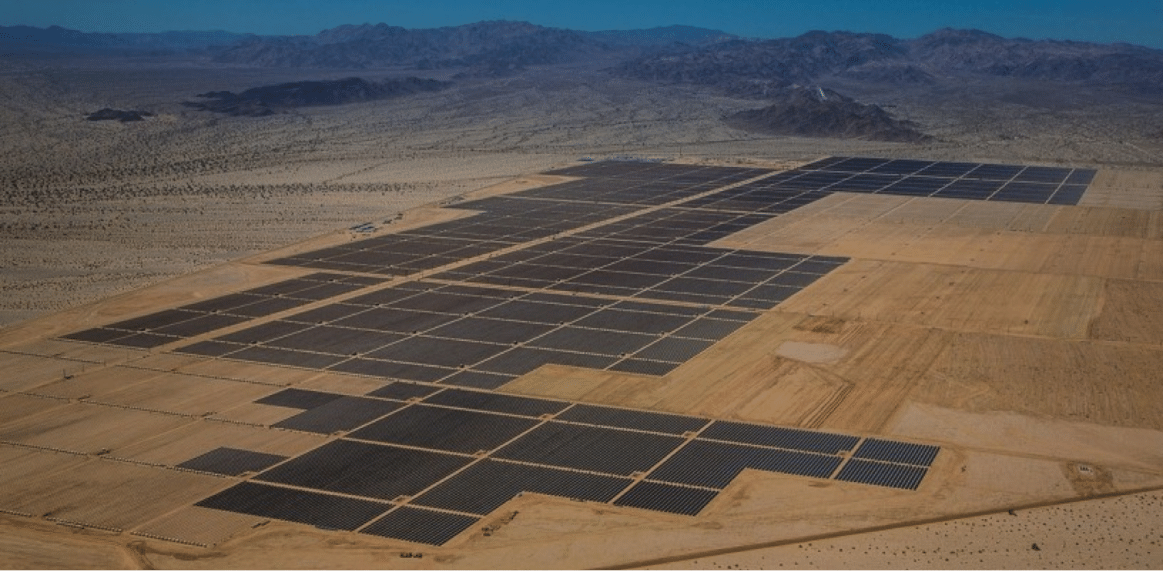
Created in 1946 by President Truman, the Bureau of Land Management (BLM) aims "to sustain the health, diversity, and productivity of the public lands for the use and enjoyment of present and future generations." Few other means of use compare to the value of solar on public lands in promoting the BLM’s mission. While the BLM manages nearly 250 million acres of land across the US, roughly 20 million of these acres lie in the solar-friendly Southwest region. Thus far public lands, in California, Nevada, Arizona, New Mexico, Colorado and Utah host only 16 utility-scale solar sites. Although these projects represent significant progress (no solar projects were permitted on public lands until 2009), studies indicate over 23 GW of solar potential, enough energy to power 7 million homes. To effectively realize this potential, attention must turn to the permitting and approval of solar projects on public land.

The catalyst for utility-scale solar developments on public land came in 2012 with the release of Programmatic Environmental Impact Statement (PEIS) encompassing the Solar Energy Plan (SEP) for public lands. Jointly produced by the BLM and Department of Energy over four years the PEIS identified 17 Solar Energy Zones (SEZ) qualified by value of the solar resource, access to current and planned transmission infrastructure while minimizing competition with other land uses and environmental impact. By proactively identifying valuable solar sites the SEP seeks to streamline the project lifecycle from start to finish. Furthermore the SEP opens up 19 million acres in the Southwest to “variance” sites that allow for solar development beyond the SEZs.
Despite progress in streamlining the identification of solar fields on public lands the approval process may still take three to five years to complete. For reference, over 74,000 permits were issued for fossil fuel extraction over the past two decades (several thousand approvals per year). Although the scope of utility-scale solar developments differs from drill pads and wells associated with oil and gas plays, the lasting impact of fossil extraction must be considered and the approval of future solar projects expedited.
Following submittal of the initial project application, the developer is notified to produce and submit a plan of development. Although the BLM aims to review plans within two months of submittal, by their own admission this process can take up to six months to complete. Following review the BLM performs a National Environmental Policy Act review in conjunction with US Fish and Wildlife and local authorities to evaluate potential environmental impacts of the developer's site plan. Although SEZ are pre-qualified, these impact assessments may still take up to two years to complete.
Over the past 5 years great strides have been made in promoting the development of large-scale solar projects on BLM land. Even so, only 16 projects have been approved thus far. With the ITC expiration looming the expedient approval of future projects is critical.